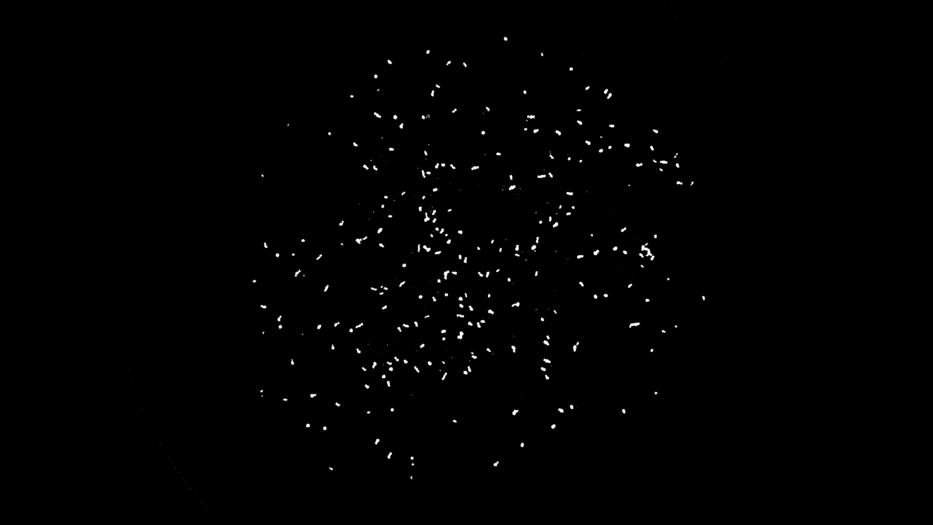MOVING OBJECT DETECTION
Background Subtraction - A Simple but Powerful Tool
Background subtraction algorithm (in general) detect moving (foreground) object(s) by subtracting the image frame by a background model. It is widely used in video-surveillance applications , since they need to detect, track and count persons, vehicles, animals, etc. Background subtraction is also well suited for detecting moving creatures under the microscope.
The background subtraction algorithm assumes that pixels belong to the background for the most of the time. This is an appropriate assumption when the goal is to detect the moving object(s). If we can construct a model to describe the background, the foreground (image frame - background) would contain the object(s) of interest.
There are different techniques to construct and/or maintain the background model such as frame differencing, running average of frames, per pixel Gaussian mixture model, etc.
For this project, since the microscopic images usually do not suffer from strong illumination variance, shadow or dynamic background, we adopt the simple median-based background subtraction. Although median could be expensive to compute, the trials showed that we could construct high quality background using only 10 image frames or even less.
Fig. 1 shows the background constructed from the median of 10 frames. Fig. 2 shows the foreground detection.
Figure 1. Median of 10 image frames.

Figure 2. Foreground Detection using Median-based Background Model

Foreground Analysis
post soon…
Author: Jia Geng
Last Update: 01/06/2019